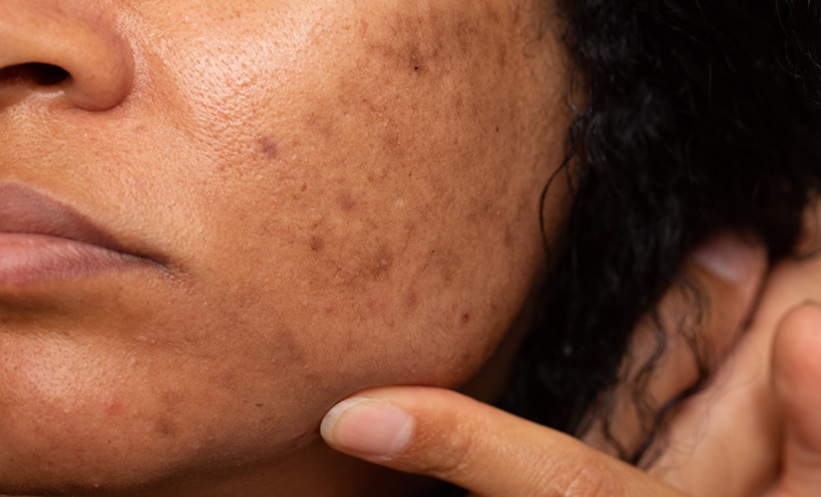BACTERIA present on the skin may contribute to the development of wound-induced skin cancer according to the results of a new study published by researchers at King’s College London, London, UK. The research team’s findings describe a new mechanism contributing to tumour formation triggered by skin damage, which could have important therapeutic implications for patients suffering with chronic ulcers or skin blistering diseases.
A link between tissue damage, chronic inflammation, and the development of cancer has long been established. For example, epidermolysis bullosa (EB) is one of several rare, inherited skin conditions associated with chronic wounding and increased risk of tumour development. However, relatively little is known about the underlying mechanism(s) responsible for this increase in risk, until now perhaps.
The UK study investigated the innate sensing of bacteria by immune cells during the formation of skin tumours, and suggests that dysregulation of this molecular process may tip the balance between normal wound repair and tumour formation in some patients. The researchers report that signalling initiated through the binding of bacterial flagellin to toll-like receptor 5 (TLR-5) expressed on the surface of leukocytes contributes to the development of skin tumours following epithelial wounding in a murine model of chronic skin inflammation.
The study also reports that expression of a protein called HMGB1, which is known to be highly expressed in mice with chronic skin inflammation, is reduced in animals whose leukocytes do not express TLR-5. Although the relevance of this pathway to human skin tumour development requires further exploration, the researchers were able to show that expression of HMGB1 was also elevated in human patients with EB, which raises the possibility that targeting the TLR-5 pathway may represent a new treatment option worthy of further investigation in these patients.
Lead author Prof Fiona Watt, Director, Centre for Stem Cells and Regenerative Medicine, King’s College London said: “These findings have broad implications for various types of cancers and in particular for the treatment of tumours that arise in patients suffering from chronic ulcers or skin blistering diseases.
“In the context of chronic skin inflammation, the activity of a particular receptor in white blood cells, TLR-5, could tip the balance between normal wound repair and tumour formation.”
Prof Watt added: “Our findings raise the possibility that the use of specific antibiotics targeting bacteria in wound-induced malignancies might present an interesting clinical avenue.”
(Image: freeimages.com)







